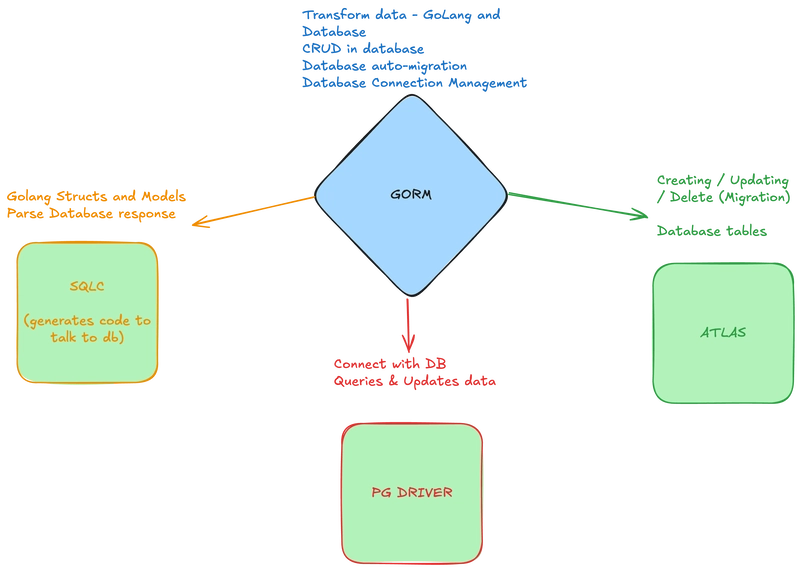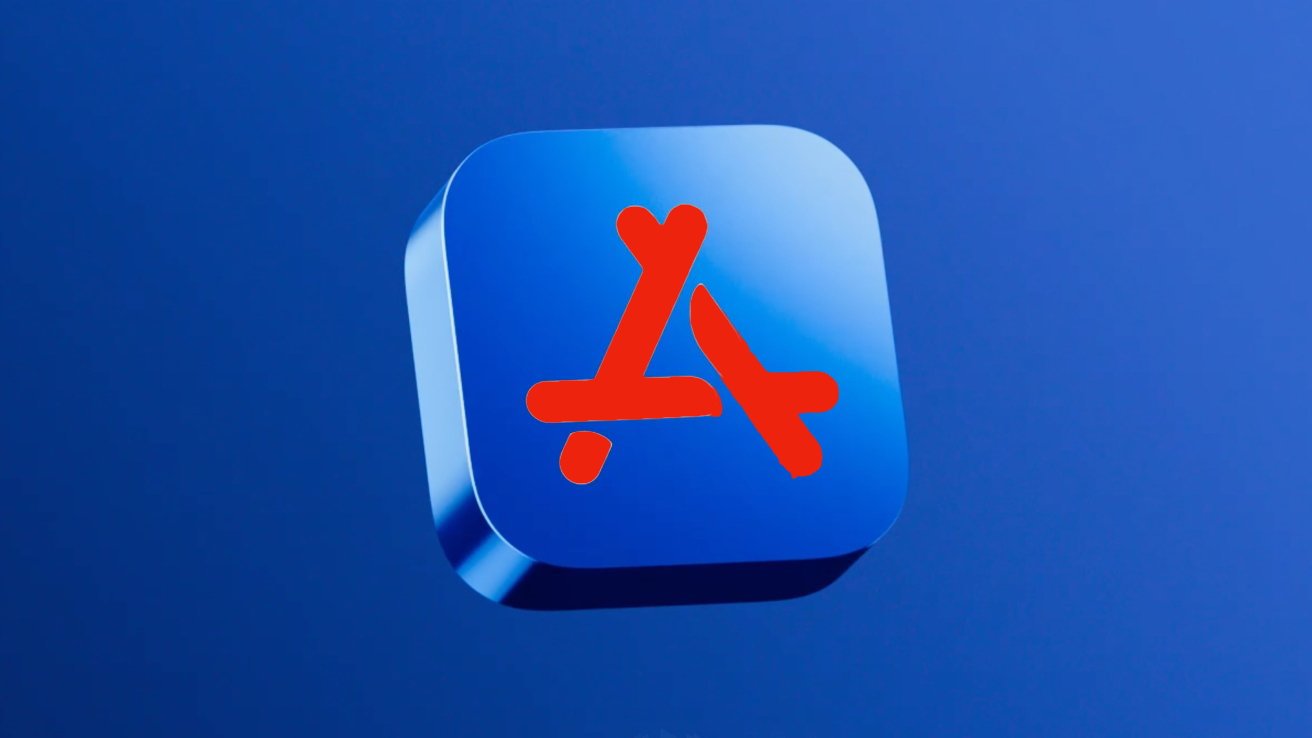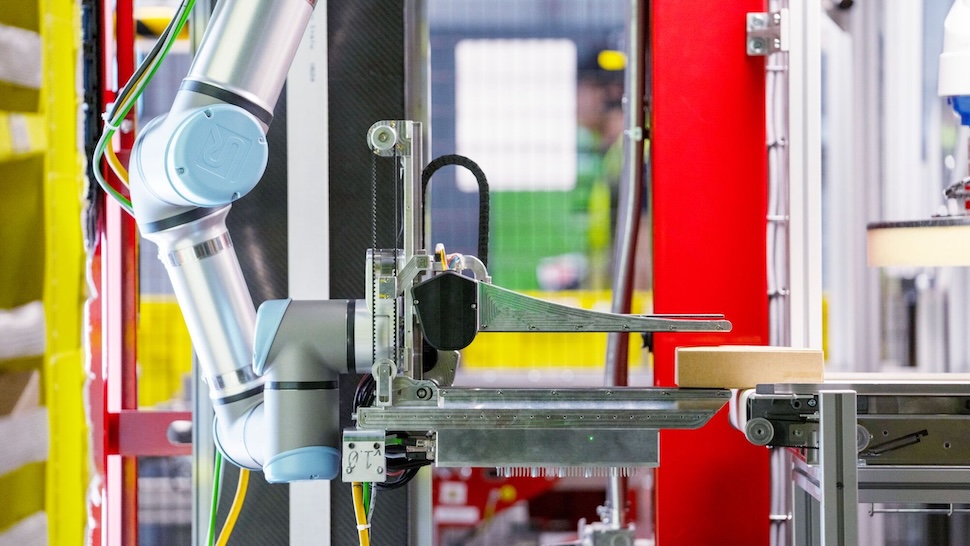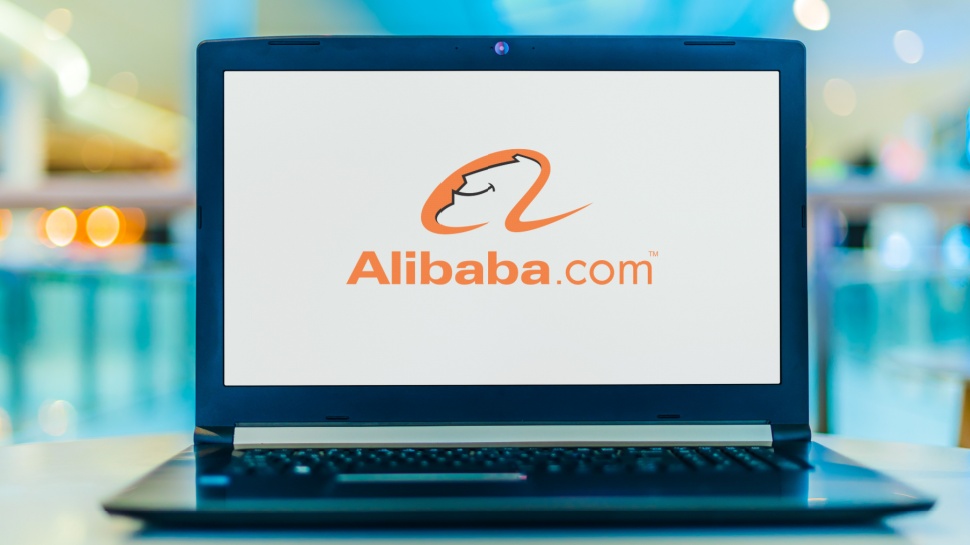Anaconda Launches First Unified AI Platform for Open Source, Redefining Enterprise-Grade AI Development
In a landmark announcement for the open-source AI community, Anaconda Inc., a long-time leader in Python-based data science, has launched the Anaconda AI Platform — the first unified AI development platform tailored specifically to open source. Aimed at streamlining and securing the end-to-end AI lifecycle, this platform enables enterprises to move from experimentation to production […] The post Anaconda Launches First Unified AI Platform for Open Source, Redefining Enterprise-Grade AI Development appeared first on Unite.AI.


In a landmark announcement for the open-source AI community, Anaconda Inc., a long-time leader in Python-based data science, has launched the Anaconda AI Platform — the first unified AI development platform tailored specifically to open source. Aimed at streamlining and securing the end-to-end AI lifecycle, this platform enables enterprises to move from experimentation to production faster, safer, and more efficiently than ever before.
The launch represents not only a new product offering but a strategic pivot for the company: from being the de facto package manager for Python to now becoming the enterprise AI backbone for open-source innovation.
Bridging the Gap Between Innovation and Enterprise-Grade AI
The rapid rise of open-source tools has been a catalyst in the AI revolution. However, while frameworks like TensorFlow, PyTorch, scikit-learn, and Hugging Face Transformers have lowered the barrier to experimentation, enterprises face unique challenges in deploying these tools at scale. Issues like security vulnerabilities, dependency conflicts, compliance risks, and governance limitations often block enterprise adoption — slowing innovation just when it’s most needed.
Anaconda’s new platform is purpose-built to close this gap.
“Until now, there hasn’t been a single destination for AI development with open source, which is the backbone for inclusive and innovative AI,” said Peter Wang, Co-founder and Chief AI & Innovation Officer of Anaconda. “We’re not only offering streamlined workflows, enhanced security, and substantial time savings, but ultimately, giving enterprises the freedom to build AI their way — without compromise.”
What Makes It the First Unified AI Platform for Open Source?
The Anaconda AI Platform centralizes everything enterprises need to build and operationalize AI solutions based on open-source software. Unlike other platforms that specialize in just model hosting or experimentation, Anaconda’s platform covers the full AI lifecycle — from sourcing and securing packages to deploying production-ready models across any environment.
Key Capabilities of the Platform Include:
-
Trusted Open-Source Package Distribution:
Includes access to over 8,000 pre-vetted, secure packages fully compatible with Anaconda Distribution. All packages are continuously tested for vulnerabilities, making it easier for enterprises to adopt open-source tools with confidence. -
Secure AI & Governance:
Enterprise-grade security features like Single Sign-On (SSO), role-based access control, and audit logging ensure traceability, user accountability, and compliance with regulations such as GDPR, HIPAA, and SOC 2. -
AI-Ready Workspaces & Environments:
Pre-configured “Quick Start” environments for use cases like finance, machine learning, and Python analytics accelerate time to value and reduce the need for configuration-heavy setup. -
Unified CLI with AI Assistant:
A command-line interface powered by an AI assistant helps developers resolve errors automatically, minimizing context switching and debugging time. -
MLOps-Ready Integration:
Built-in tools for monitoring, error tracking, and package auditing streamline MLOps (Machine Learning Operations), a critical discipline that bridges data science and production engineering.
What Is MLOps and Why Does It Matter?
MLOps is to AI what DevOps is to software development: a set of practices and tools that ensure machine learning models are not only developed but also deployed, monitored, updated, and scaled responsibly. Anaconda’s AI Platform is tightly aligned with MLOps principles, allowing teams to standardize workflows, track model lineage, and optimize model performance in real-time.
By centralizing governance, automation, and collaboration, the platform simplifies what is typically a fragmented and error-prone process. This unified approach is a game-changer for organizations trying to industrialize AI capabilities across teams.
Why Now? A Surge in Open-Source AI, But With Hidden Costs
Open source has become the foundation of modern AI. A recent study cited by Anaconda found that 50% of data scientists rely on open-source tools daily, and 66% of IT administrators confirm that open-source software plays a critical role in their enterprise tech stacks. However, the freedom and flexibility of open source come with trade-offs — especially around security and compliance.
Each time a team installs a package from a public repository like PyPI or GitHub, they introduce potential security risks. These vulnerabilities are difficult to track manually, especially when organizations rely on hundreds of packages, often with deep dependency trees.
With the Anaconda AI Platform, this complexity is abstracted away. Teams gain real-time visibility into package vulnerabilities, usage patterns, and compliance requirements — all while using the tools they know and love.
Enterprise Impact: Measurable ROI and Reduced Risk
To understand the business value of the platform, Anaconda commissioned a Total Economic Impact™ (TEI) study from Forrester Consulting. The findings are striking:
-
119% ROI over three years.
-
80% improvement in operational efficiency (worth $840,000).
-
60% reduction in risk of security breaches tied to package vulnerabilities.
-
80% reduction in time spent on package security management.
These results demonstrate that the Anaconda AI Platform is not just a developer tool — it’s a strategic enterprise asset that reduces overhead, enhances productivity, and accelerates time-to-value in AI development.
A Company Rooted in Open Source, Built for the AI Era
Anaconda isn’t new to the AI or data science space. The company was founded in 2012 by Peter Wang and Travis Oliphant, with the mission to bring Python — then an emerging language — into the mainstream of enterprise data analytics. Today, Python is the most widely used language in AI and machine learning, and Anaconda sits at the heart of that movement.
From a team of a few open-source contributors, the company has grown into a global operation with over 300 full-time employees and 40 million+ users around the world. It continues to maintain and steward many of the open-source tools used daily in data science, such as conda, pandas, NumPy, and more.
Anaconda is not just a company — it’s a movement. Its tools underpin key innovations at companies like Microsoft, Oracle, and IBM, and power integrations like Python in Excel and Snowflake’s Snowpark for Python.
“We are — and always will be — committed to fostering open-source innovation,” says Wang. “Our job is to make open source enterprise-ready so that innovation isn’t slowed down by complexity, risk, or compliance barriers.”
A Future-Proof Platform for AI at Scale
The Anaconda AI Platform is available now and can be deployed across public cloud, private cloud, sovereign cloud, and on-premise environments. It’s also listed on AWS Marketplace for seamless procurement and enterprise integration.
In a world where speed, trust, and scale are paramount, Anaconda has redefined what’s possible for open-source AI — not just for individual developers, but for the enterprises that depend on them.
The post Anaconda Launches First Unified AI Platform for Open Source, Redefining Enterprise-Grade AI Development appeared first on Unite.AI.






































































































































































![[The AI Show Episode 147]: OpenAI Abandons For-Profit Plan, AI College Cheating Epidemic, Apple Says AI Will Replace Search Engines & HubSpot’s AI-First Scorecard](https://www.marketingaiinstitute.com/hubfs/ep%20147%20cover.png)

















































































































































































.jpeg?width=1920&height=1920&fit=bounds&quality=70&format=jpg&auto=webp#)



















































































_ElenaBs_Alamy.jpg?width=1280&auto=webp&quality=80&disable=upscale#)



























































































![Gemini coming to Android Auto with Live, automatic translation, more [Video]](https://i0.wp.com/9to5google.com/wp-content/uploads/sites/4/2025/05/google-gemini-android-auto-1.jpg?resize=1200%2C628&quality=82&strip=all&ssl=1)














![Apple Working on Brain-Controlled iPhone With Synchron [Report]](https://www.iclarified.com/images/news/97312/97312/97312-640.jpg)





































































































